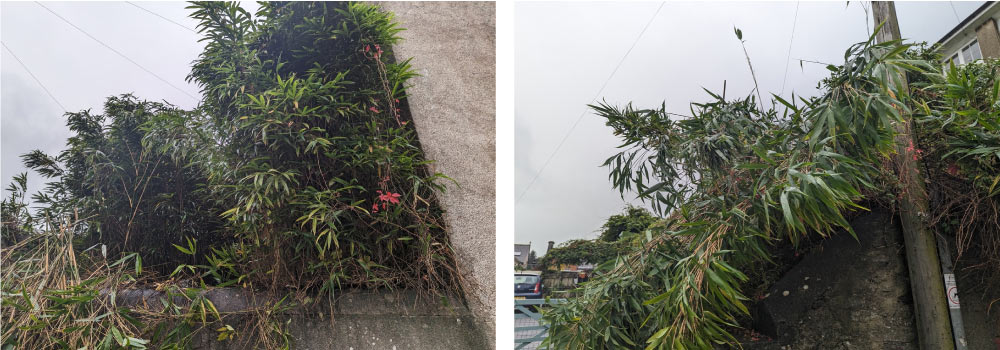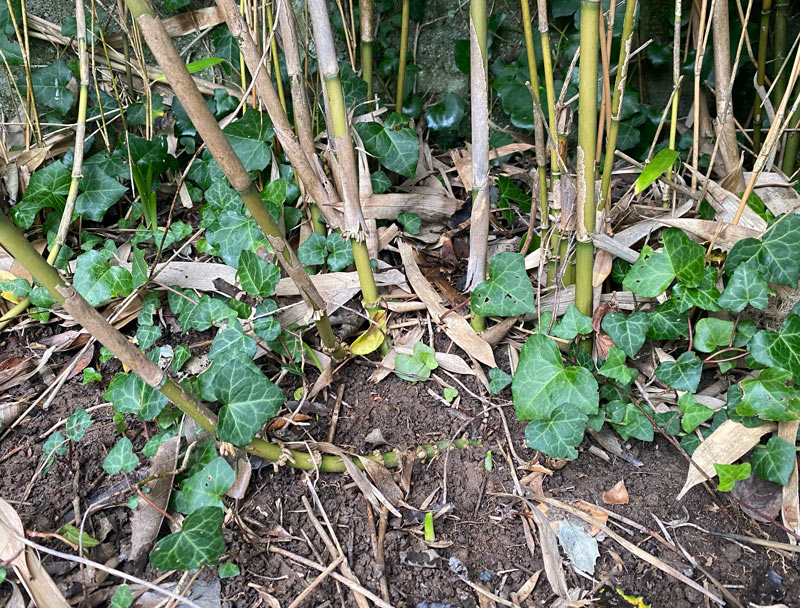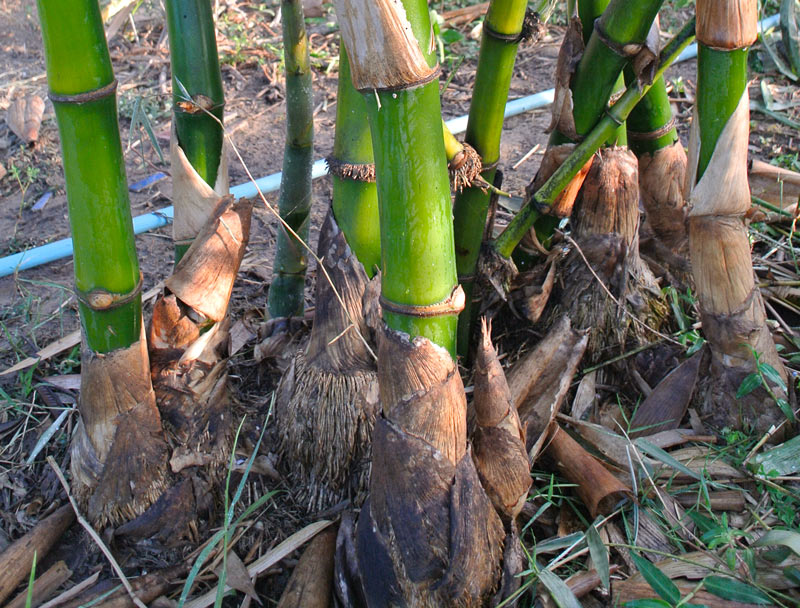About Bamboo and Its Invasive Nature
Bamboo is a common name for a large group of plants in the grass family, made up of over 1,000 species. Over 30 species are available in the UK as ornamental garden plants.
It makes for an excellent screening plant with decorative appeal, but its fast-growing nature makes it difficult to control. In many cases, it becomes invasive and a nuisance to property owners.
Not all homeowners know its effects on their land or how to manage and control plant growth. As a result, the plant, due to its invasive nature, risks encroaching on and overtaking other plants around it and invading spaces for other uses.
Understanding the different types and their effects is essential before settling on the most effective way to control their growth. This page breaks down everything you need to know about its growth and removal in Devon, Cornwall, Bristol, Dorset, and Somerset.
There are many types, some more invasive and uncontrollable than others. However, there are two major types in the UK: Running Bamboo and Clumping Bamboo.




 Our specialists offer professional services across Devon, Bristol, Somerset, Dorset, and Cornwall. Call your local Southwest Knotweed branch or use our free
Our specialists offer professional services across Devon, Bristol, Somerset, Dorset, and Cornwall. Call your local Southwest Knotweed branch or use our free